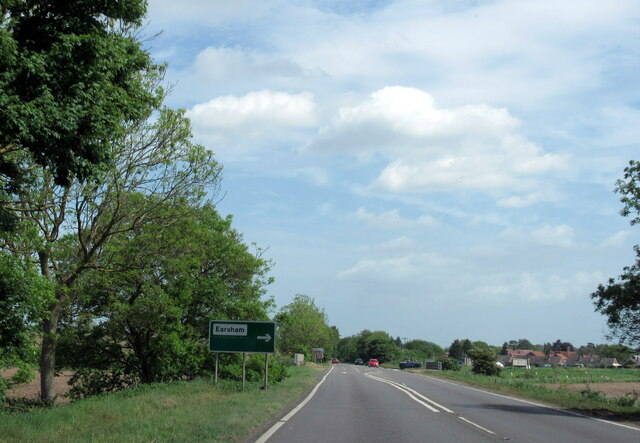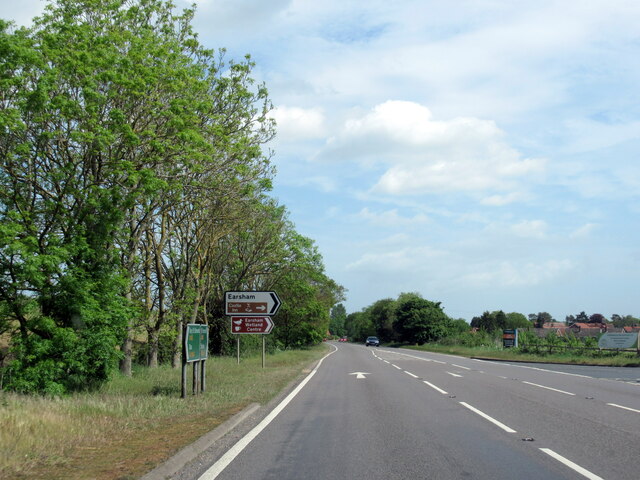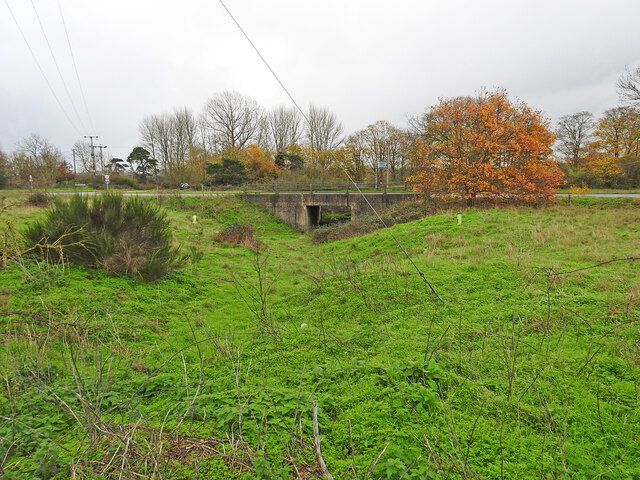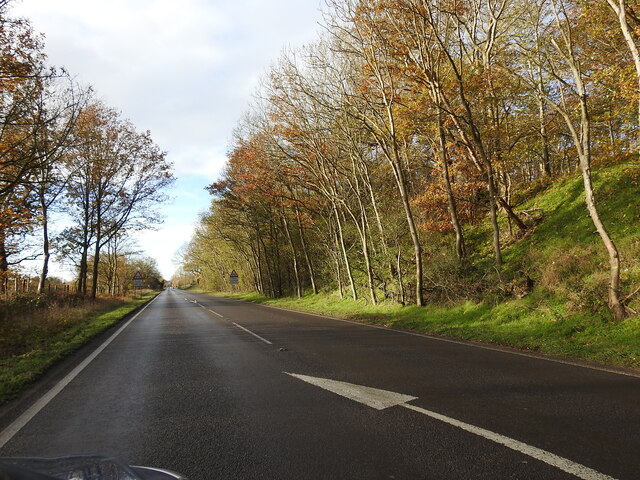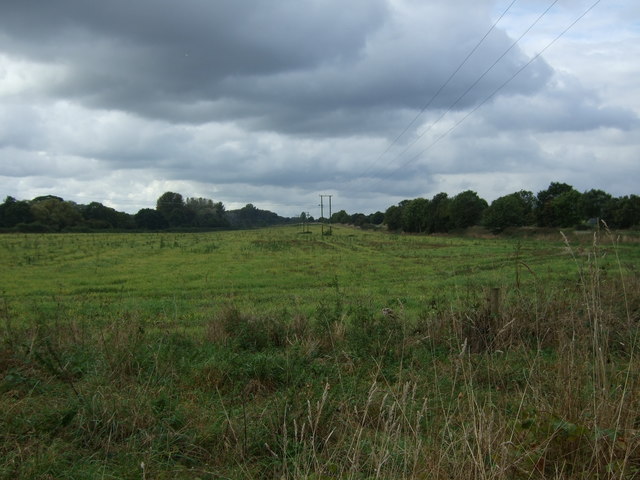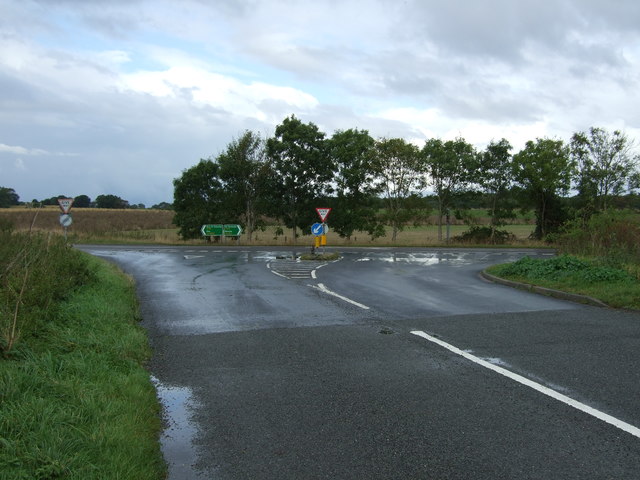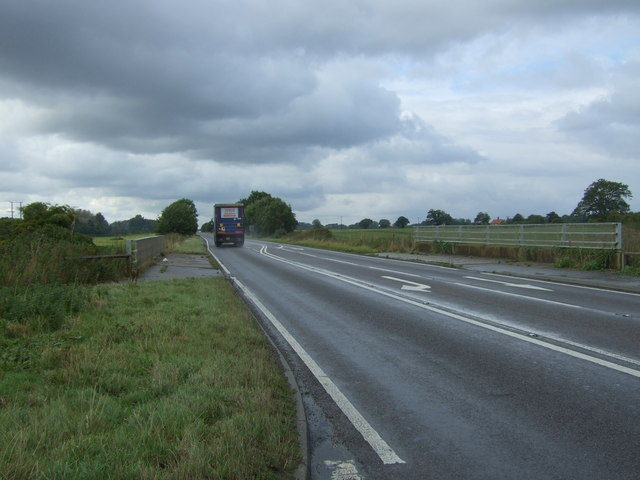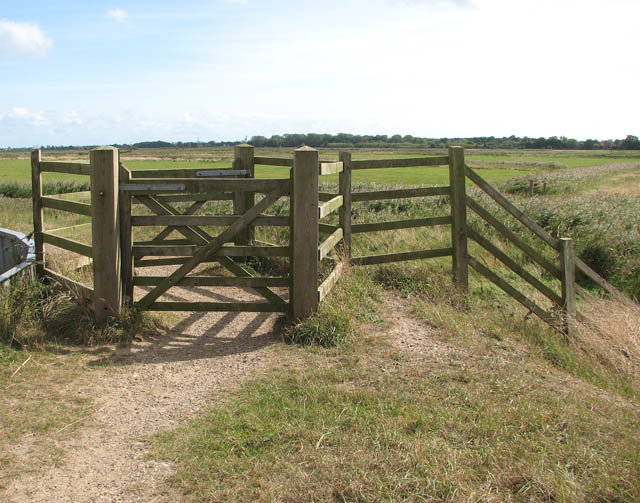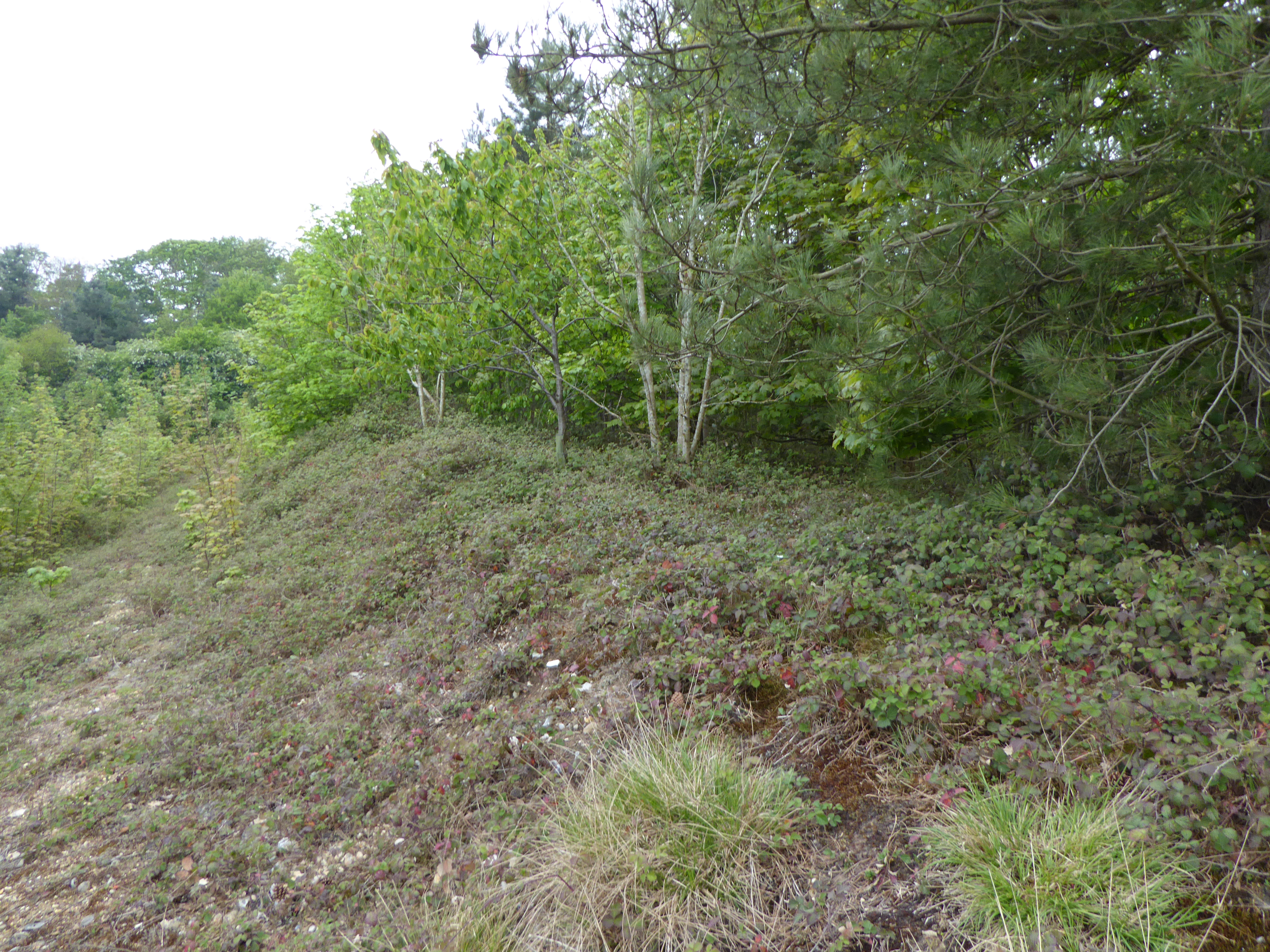Buck Plantation
Wood, Forest in Suffolk East Suffolk
England
Buck Plantation
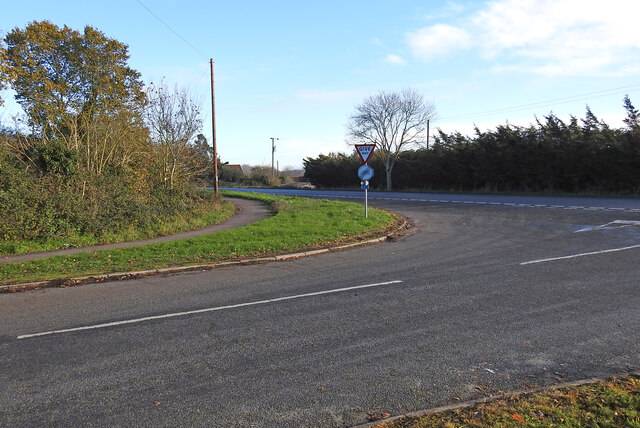
Buck Plantation is a serene and picturesque woodland area located in Suffolk, England. Spread over several acres, this beautiful plantation is known for its rich biodiversity and stunning natural beauty. The plantation is predominantly covered with dense forests, making it an ideal destination for nature enthusiasts and outdoor adventurers.
One of the most striking features of Buck Plantation is the abundance of majestic oak trees that dominate the landscape. These towering trees provide a shady canopy, creating a peaceful and tranquil atmosphere throughout the plantation. The diverse range of flora and fauna found within the woodland adds to its allure, offering a habitat for various species of birds, mammals, and insects.
The plantation is also home to a well-maintained network of walking trails, allowing visitors to explore the area and immerse themselves in the beauty of nature. Hikers and nature lovers can enjoy leisurely walks amidst the towering trees and discover hidden gems such as small streams and ponds that dot the landscape.
Buck Plantation is not only a haven for nature enthusiasts but also a popular spot for picnickers and families looking for a peaceful retreat. With its well-manicured lawns and picnic areas, visitors can relax and enjoy a day out amidst the stunning surroundings.
Overall, Buck Plantation in Suffolk is a true gem, offering a perfect blend of natural beauty, tranquility, and recreational opportunities. Whether one seeks a peaceful walk in nature or a serene picnic spot, this plantation is sure to provide an unforgettable experience for all who visit.
If you have any feedback on the listing, please let us know in the comments section below.
Buck Plantation Images
Images are sourced within 2km of 52.434178/1.3941425 or Grid Reference TM3087. Thanks to Geograph Open Source API. All images are credited.

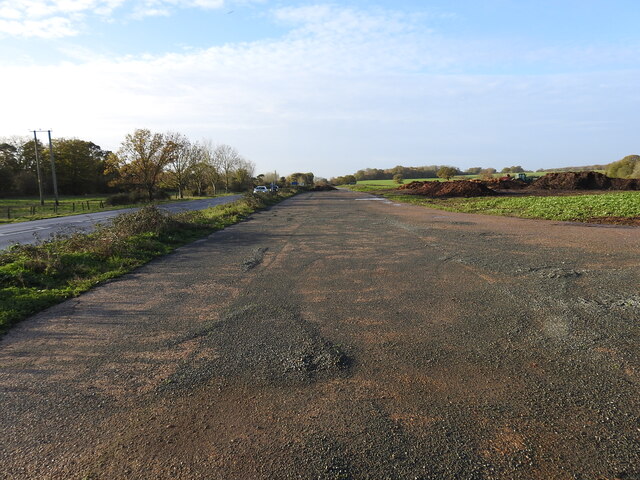
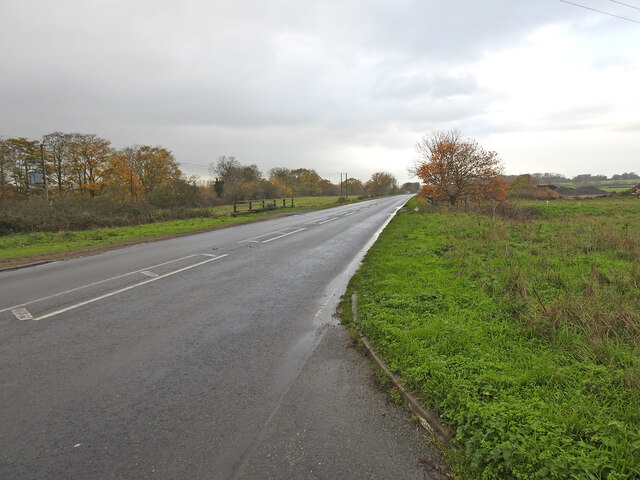
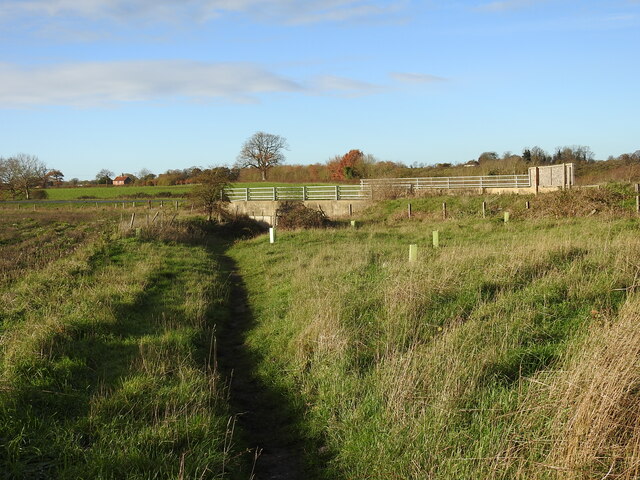
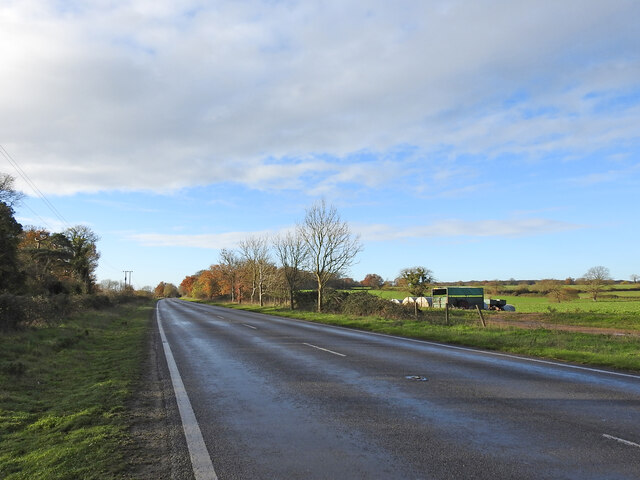


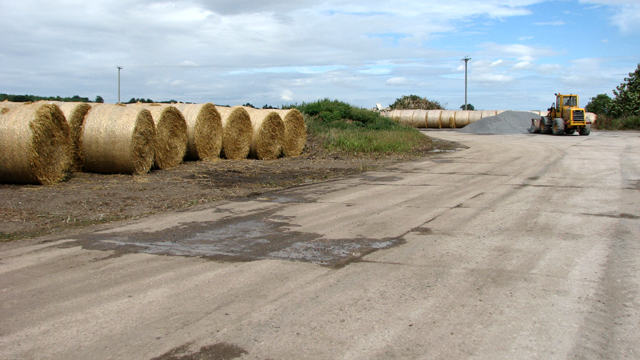
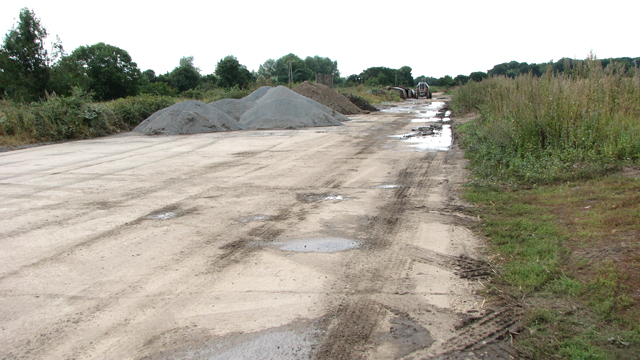
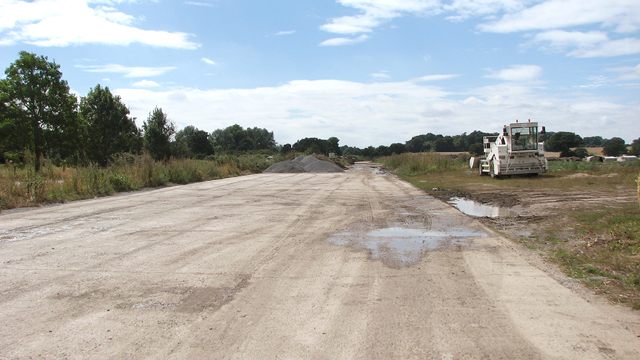
Buck Plantation is located at Grid Ref: TM3087 (Lat: 52.434178, Lng: 1.3941425)
Administrative County: Suffolk
District: East Suffolk
Police Authority: Suffolk
What 3 Words
///stood.snake.chariots. Near Bungay, Suffolk
Nearby Locations
Related Wikis
Flixton, The Saints
Flixton is a village and civil parish located in the north of the English county of Suffolk. It is around 2 miles (3.2 km) south-west of Bungay in the...
Flixton Priory
Flixton Priory was a nunnery under a prioress following the Augustinian rule, which formerly stood in the parish of Flixton in the north of the English...
RAF Bungay
Royal Air Force Bungay or more simply RAF Bungay (known locally as Flixton) is a former Royal Air Force station located 3 miles (4.8 km) south-west of...
Abbey Wood, Flixton
Abbey Wood, Flixton is an 18 hectare biological Site of Special Scientific Interest south—west of Bungay in Suffolk. It consists of two adjoining areas...
Angles Way
The Angles Way is a long-distance footpath in England, close to the River Waveney and River Little Ouse and thus close to the Norfolk/Suffolk border between...
Flixton Quarry
Flixton Quarry is a 0.7 hectares (1.7 acres) geological Site of Special Scientific Interest 3.75 miles (6.04 km) south-west of Bungay in the English county...
Earsham railway station
Earsham was a railway station in Earsham, Norfolk, England. It was located on the Waveney Valley Line which connected Beccles with the Great Eastern Main...
Earsham
Earsham is a village and civil parish in the English county of Norfolk. Earsham is located 1.7 kilometres (1.1 mi) west of its postal town of Bungay and...
Nearby Amenities
Located within 500m of 52.434178,1.3941425Have you been to Buck Plantation?
Leave your review of Buck Plantation below (or comments, questions and feedback).
